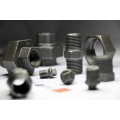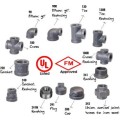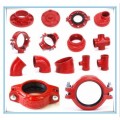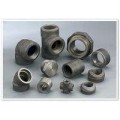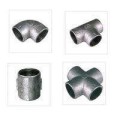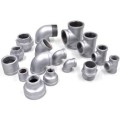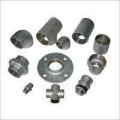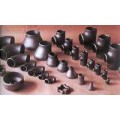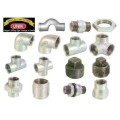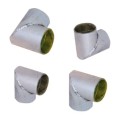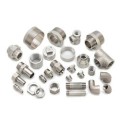Fittings
Fittings are essential components of piping systems, which are used to connect different parts of pipelines. Fittings are used to provide a wide range of functions, such as sealing, changing direction and controlling flow. Depending on the application, they are available in a variety of shapes and sizes, so they can be suitable for a range of pipe diameters. Barbed fittings, threaded fittings and compression fittings are some of the most common types of fittings available.
Barbed Fittings
Barbed fittings are generally used for low to medium pressure applications and because of their tapered shape, they are easy to install by hand or with a wrench. These fittings are made from materials such as brass, steel and plastic, and they come in various shapes and sizes that can fit inside different diameters of pipes. Barbed fittings can be employed for joining pipes, be it for straight-through pipes or angled pipes. They are suitable for use with plastic tubing, flexible tubing and reinforced rubber. When it comes to barbed fittings, the interior of the fitting should match the inside diameter of the pipe. From a distance, the barb can be seen with its pointed ridges that hold it firmly in place.
Threaded Fittings
Threaded fittings are also popularly used in plumbing, as they offer more security than barbed fittings. These fittings have a threaded lip that is used to connect them to a pipe. Thanks to their excellent quality and durable design, they offer superior pressure control and reliability. They are known to have higher defense levels against water and gas leaks due to their threaded lip, which offers strong connection and disconnection capability. Commonly available materials used in the making of a threaded fitting are steel, brass and plastic. In addition to connecting straight pipes, these fittings are also suitable for connecting angle pipes of various shapes and sizes. Threaded fittings range from pressure relief valves to check valves and bellowed joints.
Compression Fittings
Compression fittings are also popularly used in piping systems and offer more reliable connection than barbed or threaded fittings. This type of fitting is generally used to connect pipes that are not too thick, as they are made of brass, steel, aluminum or plastic. These fittings can be handy for high-pressure applications due to their flexibility, high resistance and higher durability. Compression fittings create a leak-proof seal by using a compressible ring or a ferrule, which compresses the joint when it is tightened. This is an effective system for connecting pipes, as it is easy to use and can make a secure connection.
When it comes to picking the right fitting for your pipelines, it is important to consider the quality of the materials and the type of application or process that it will be used for. Choosing the right size and shape also depend on the kind of pipe that it must fit into. It is recommendable to consult a professional to get the perfect fitting for your system.
1. What are fittings in HTML? Fittings in HTML refer to the different elements or tags used to structure and format content on a web page.2. What are the different types of fittings in HTML? HTML fittings include headings, paragraphs, lists, links, images, tables, forms, and many others.3. How do I use fittings in HTML? To use fittings in HTML, you need to insert the appropriate tags around the content you want to format. For example, to create a heading, you would use the












































